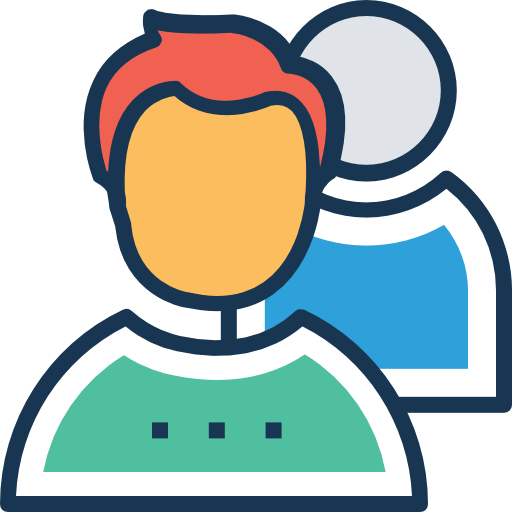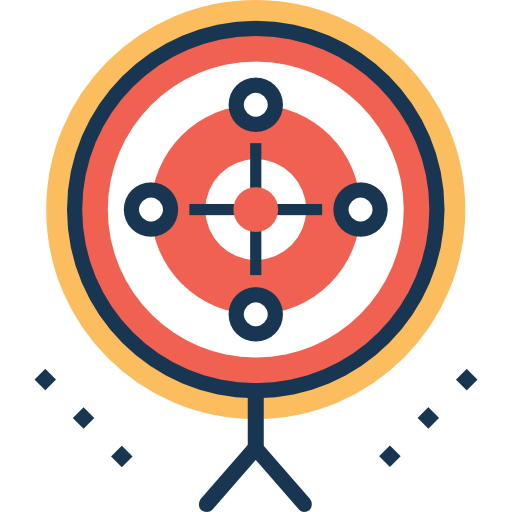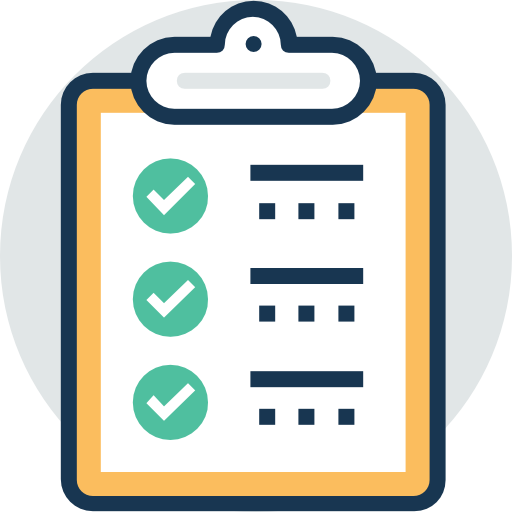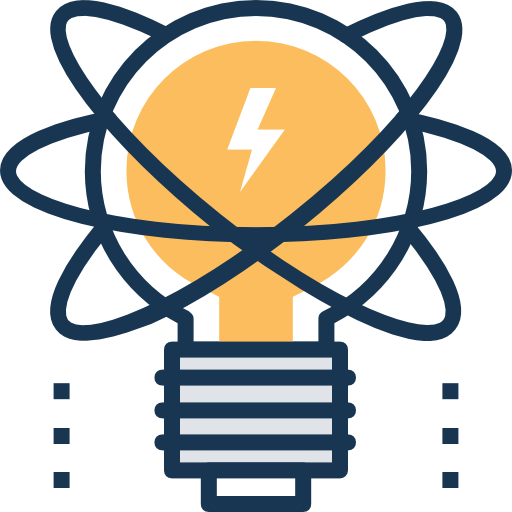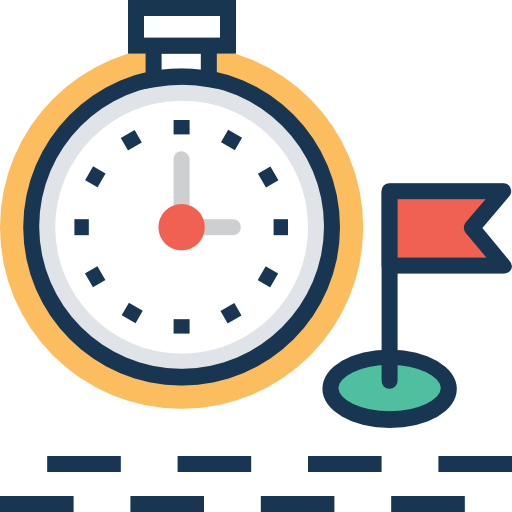Getting Started as a Qubole User
Level:
Fundamental
Delivery Format:
Program
This course is designed to help you understand how Qubole helps to maximize your enterprise data outcomes.
Getting Started as a Qubole User
Qubole provides a highly integrated set of tools to help your organization analyze data and build reliable data-driven applications in the Cloud. In this course, you’ll gain a foundational understanding of how to perform the end to end workflows typical of a Qubole User.
|
Target Audience |
This course is designed for new Qubole Users, Data Analysts, Data Engineers, and Data Scientists. |
|
Learning Objectives |
Upon completion of this course, Qubole users will be able to perform following workflows in the Qubole Data Service (QDS) platform:
Also, you will also learn aligning clusters and use cases. |
|
Prerequisite |
Users must have access to a working Qubole Account and basic knowledge of SQL. |
|
Learning Format |
Self-paced |
|
Course Duration |
45 mins |

 Enrolled: 288
Enrolled: 288 
